Category: Forest Restoration
-

The Hazard of Overclearing
A recent post in Weeds of the Northwest asked how best to clear a 400 square-foot patch of vinca. The question struck a chord with me because of the hard lessons I have learned in Everett’s Forest Park about the hazard of overclearing. Yes, there are various methods used for clearing large areas of weeds,…
-
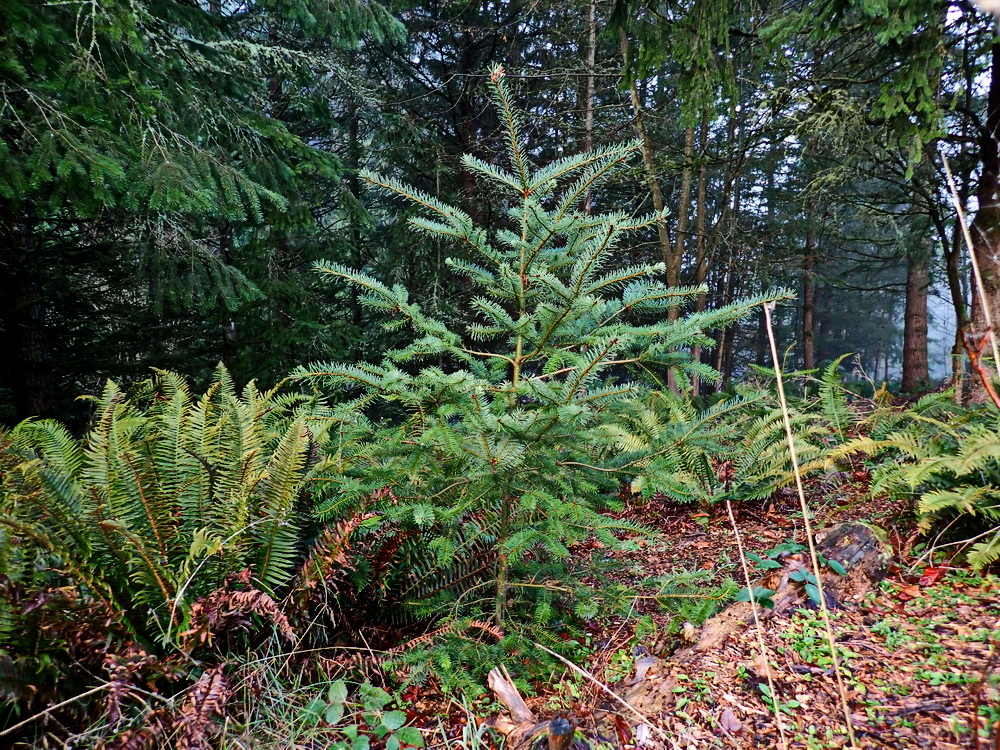
Green Everett Partnership’s Successes and Failures in Everett’s Forest Park
It has been over one year since the Green Everett Partnership’s decade-long restoration project in Everett’s Forest Park came to an end, and it is instructive to walk the park now, and see which efforts are having a lasting impact.
-
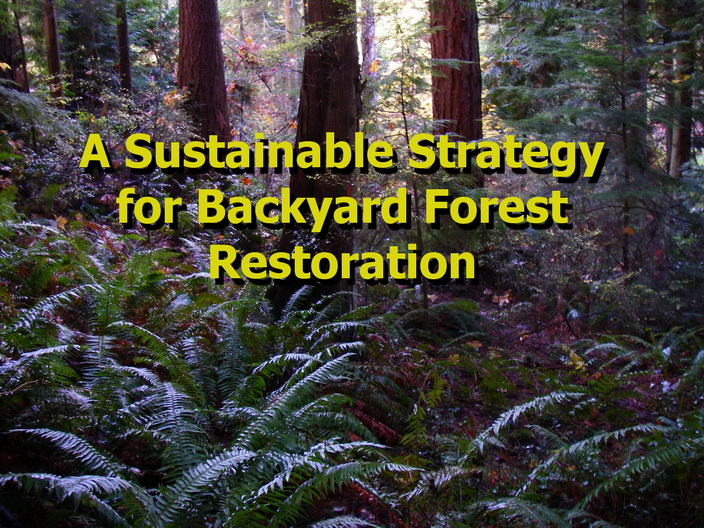
A Sustainable Strategy for Backyard Forest Restoration
It took me over 16 years and thousands of hours working in the forest, but I gradually came to the conclusion that certain restoration practices were not working. In some areas, the initial clearing of invasive plants had triggered a vicious circle of weeding that required more hours, year after year, than I was willing…
-
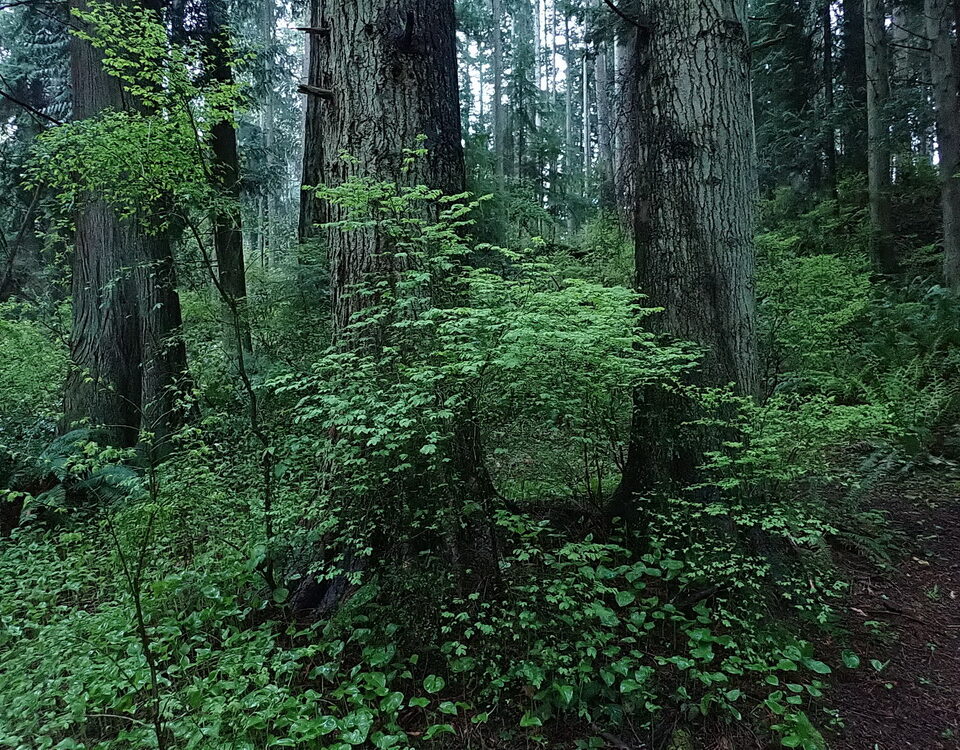
Legacy Forests in the Puget Lowlands
If your backyard forest was last logged over 75 years ago, it may be a “legacy” forest.
-
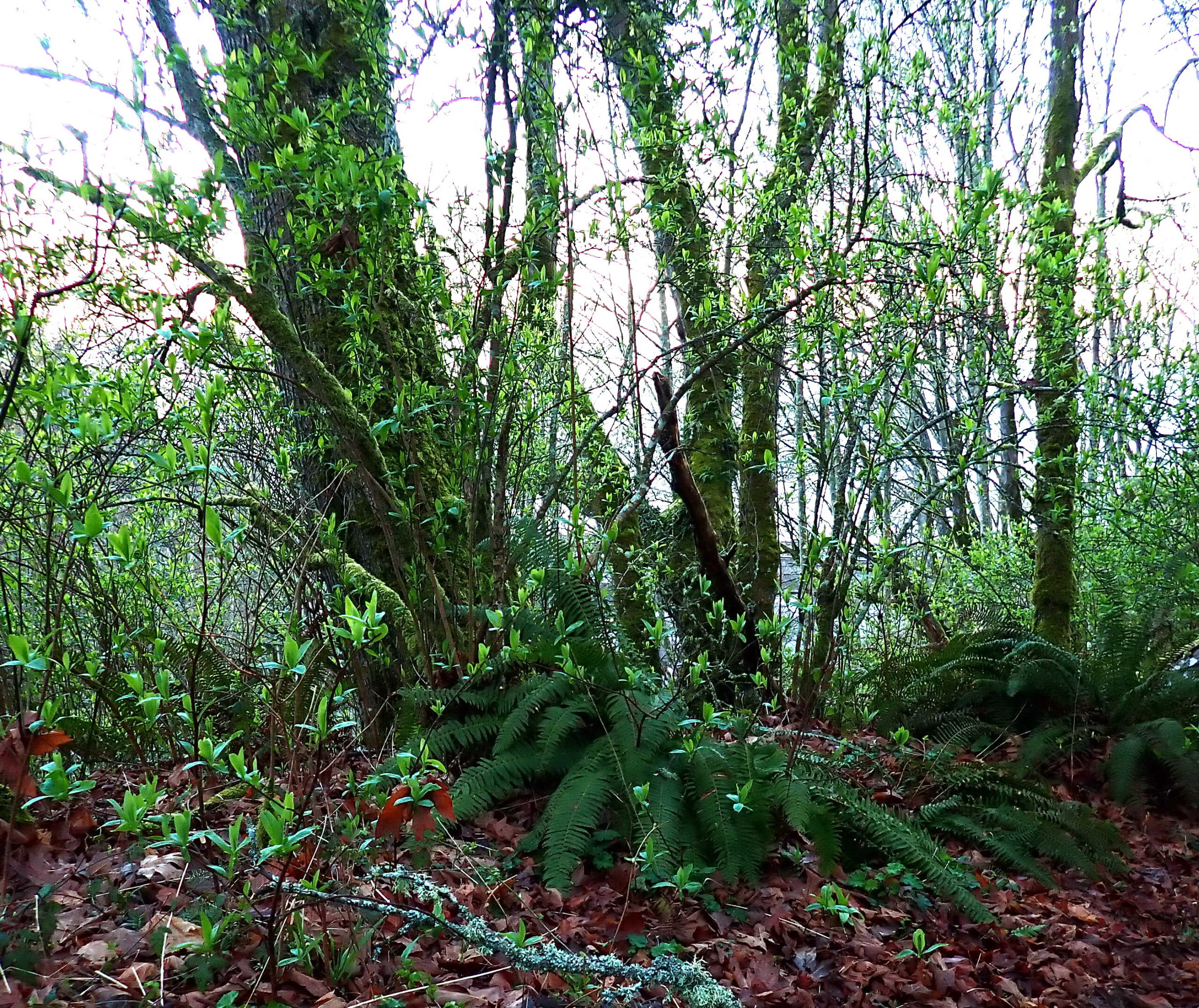
Backyard Forest Restoration Anticipation
Our forests are moving and changing. Perhaps backyard forest “restoration” should be renamed backyard forest “anticipation.”
-
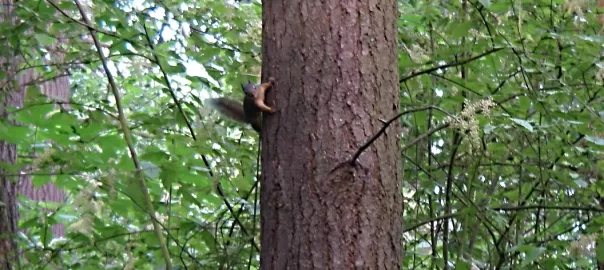
The Future of the Mature Douglas Fir Trees in Forest Park
In this blog I look at some of the recent research on how trees have been responding to the decreased moisture levels and higher temperatures associated with climate change.
-

Recent Articles Related to Forest Restoration
I found these interesting . . .
-
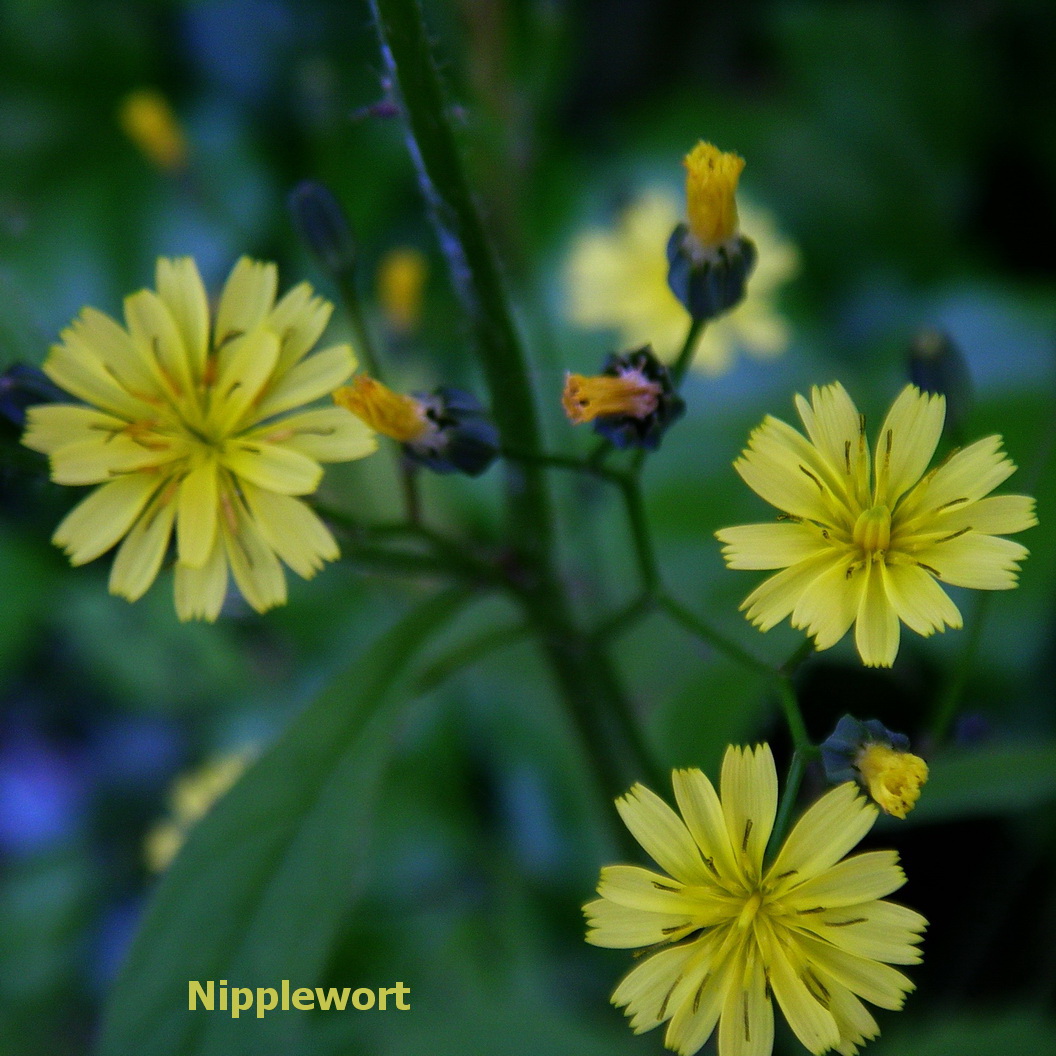
The Nipplewort Dilemma
Is it time to make my peace with Nipplewort and its ilk?
-
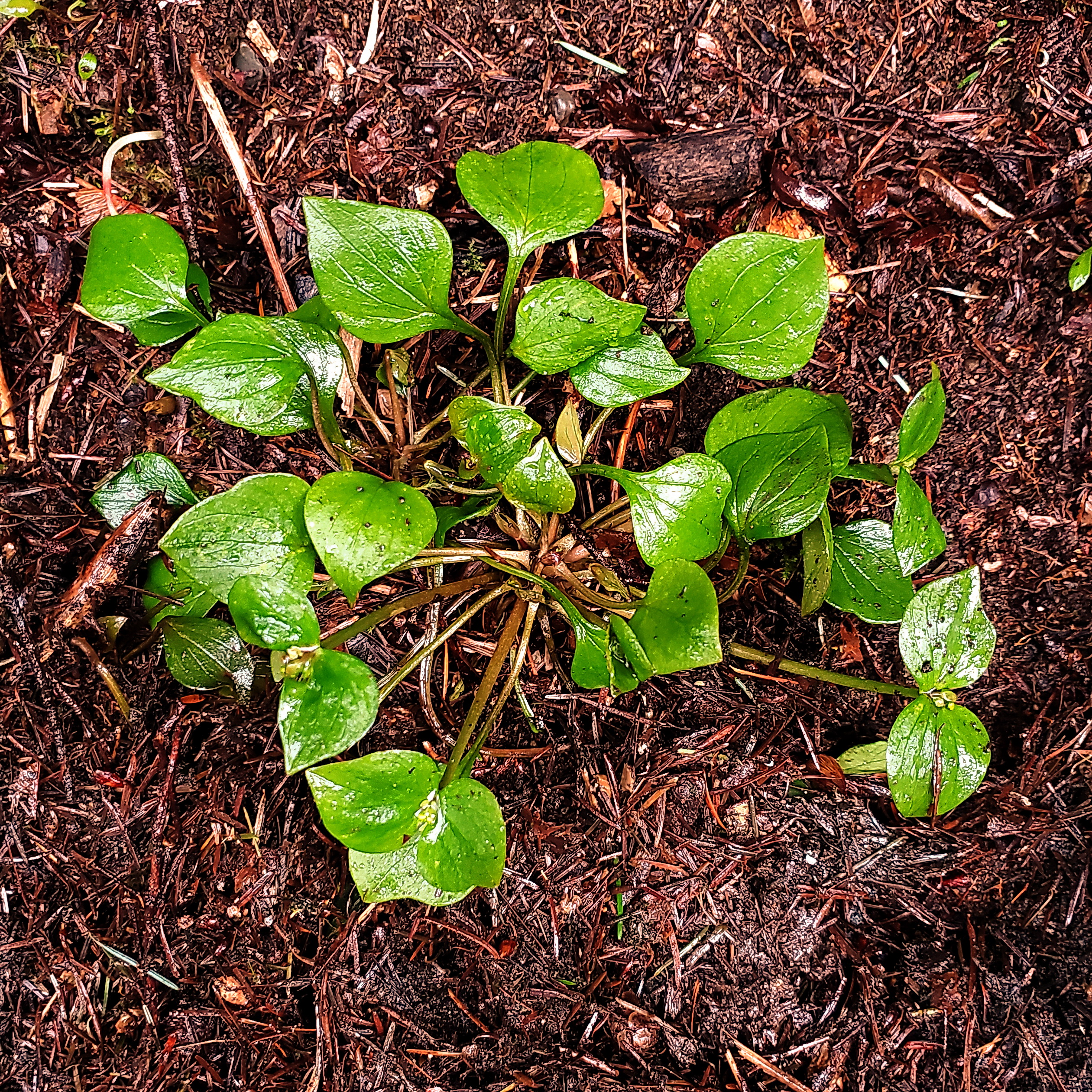
Does Sheet Mulching Deter the Natural Regeneration of Native Groundcovers?
Does sheet mulching with wood chips deter the natural regeneration of native groundcovers?
-

Weeds of the Turf Next to Our Backyard Forests
Our backyard forests often lie next to areas of turf that receive no irrigation or chemical inputs and inconsistent mowing. These “input-free” turf areas provide ample opportunity for colonization by a host of plants that are not welcome in the forest. The main line of defense against the spread of these weeds are the Bradley…
-
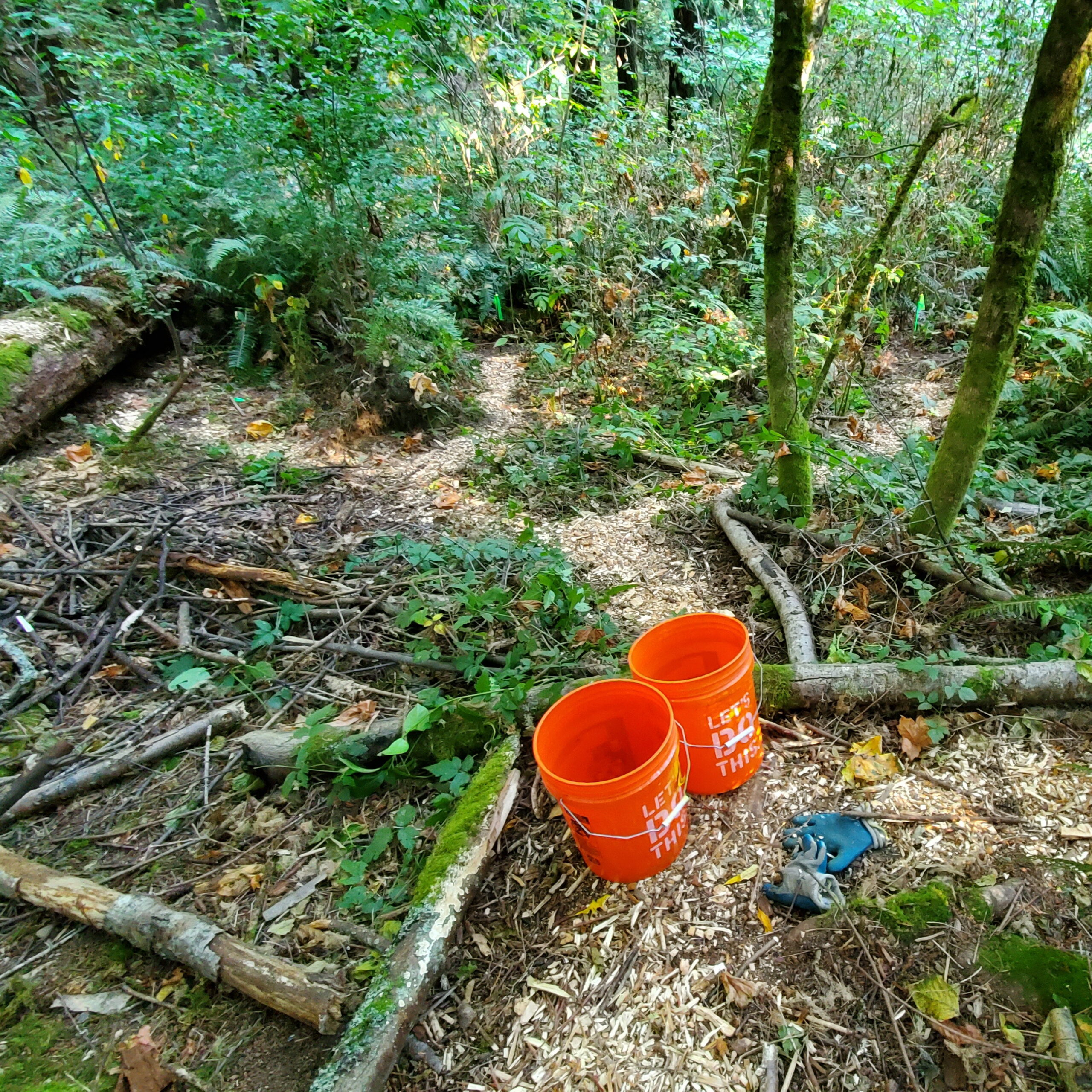
A Critique of the Forterra Model of Forest Restoration for Everett’s Forest Park
Now that Forterra has decided to essentially end its on-the-ground involvement in the Green Everett Partnership, I feel more at liberty to criticize its urban forest restoration model as it was applied in Everett’s Forest Park. The model’s failure, I believe, stems from the basic mismatch between the amount and type of labor needed to…
-
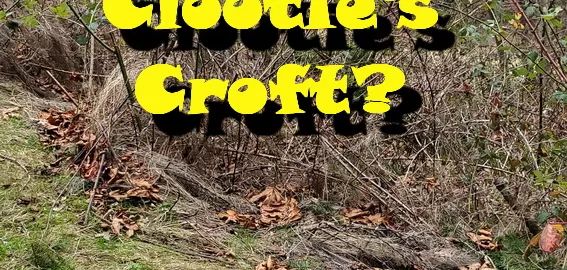
Clootie’s Crofts
Recently, I’ve been pondering some of the practical, ecological, and even philosophical reasons that I should begin to make peace with some of the weeds in some of the places.
-
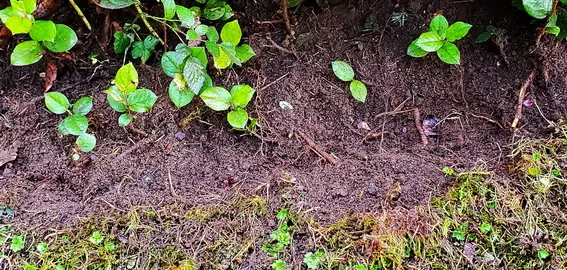
The Bradley Sisters and the English Perennial Garden
Being Australians from Sydney, and very “British,” the two Bradley sisters were certainly familiar with English-style perennial gardens and likely had experience maintaining them. Recently, I realized that their well-known method of bushland restoration, the Bradley Method, could have evolved directly from their experience with preventing grass from invading flower beds.
-

Should We Still be Planting Native Trees?
I knew that because of climate change there were no longer any perfect native trees to plant in our region, but I thought that planting a mix of native trees in appropriate sites was a reasonable climate adaptive strategy. Recently, however, my confidence was shaken by a list suggesting that our most important native conifers…
-
Douglas Squirrels in Forest Park
Seeing a Douglas Squirrel in Forest Park is a good sign, but the population is isolated, and hence vulnerable in the long term without wildlife corridors to the Cascades.
-
Windfall
Strong winds blasted through Everett during the night of November 4th with gusts up to 50 miles per hour. Afterwards, I walked the several miles of Forest Park trails to clear them of fallen limbs and reflect on the storm’s impact.
-
Blacktails, Salmonberry, Stinging Nettle, and Cougars
Are there any realistic options for controlling the deer population in Forest Park? If not, will they undo our forest restoration efforts?
-
Blackberry Bradley Line
Late fall seems to find me in a wetland untangling Himalayan Blackberry from Salmonberry. Most recently I was working on maintaining and extending a Bradley Line that protects an area of Salmonberry and Black Twinberry from old-growth Himalayan Blackberry (Rubus armeniacus).
-
Climate Change in the Puget Lowlands
This year’s extreme dry season is almost surely related to climate change and comes as yet another warning that we’ve got to change some of our forest restoration practices.
-
Preparations for an October Tree Planting
This blog describes on-site work to prepare for an October tree planting event.